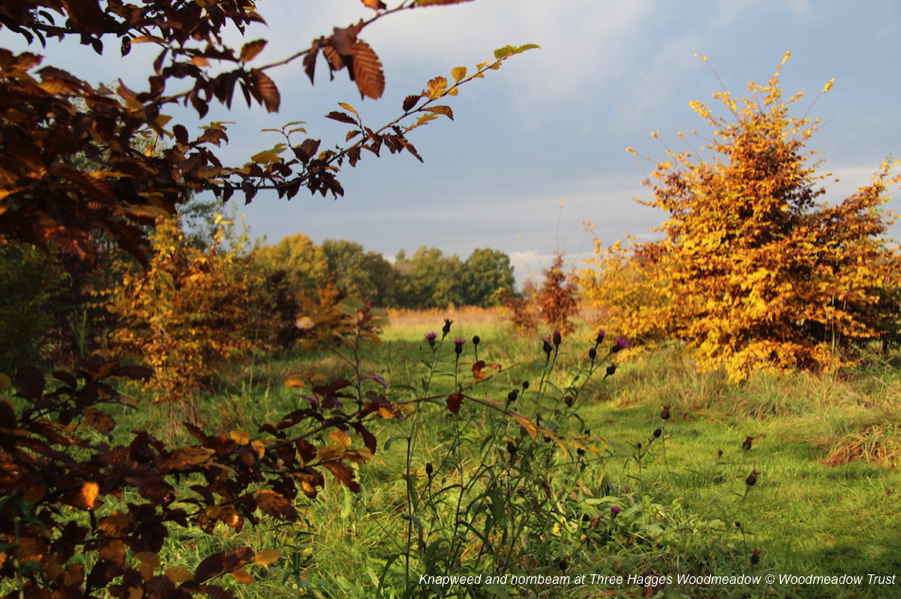
- Sustainable Planet -
- 6mins -
- 300 views
Yorkshire biodiversity hotspot proves woodmeadows can help reverse the UK’s declining wildlife
Three Hagges Woodmeadow – created in 2012 on a former barley field – offers hope of rapidly tackling declines in nature by establishing similar biodiversity restoration hotspots UK-wide.
Woodmeadow Trust: Creating tomorrow’s ancient woodland today
Woodmeadow Trust are a pioneering charity taking practical action to address the catastrophic decline in biodiversity in the United Kingdom. They are doing this by creating ‘woodmeadow’ — a thriving woodland and meadow ecosystem — essentially tomorrow’s ancient woodland.
Their research is supporting the re-wilding of the UK’s countryside, restoring lost wildflowers and renewing pollinator habitats. This concept of creating woodmeadow has involved the transformation of a former barley field into a thriving woodland ecosystem at Three Hagges Woodmeadow in Yorkshire. The charity’s vision is to fight back against the decline in biodiversity by creating a network of such woodmeadows across the UK.

Wildlife has moved into the woodmeadow at a speed that’s taken experts by surprise
More than 1,000 invertebrate species – including over 30 with a high nature conservation status – have been identified at a pioneering 25-acre nature recovery project created by the Woodmeadow Trust near York, on a site which was effectively biodiversity-free only a few years ago, reported LittleGreenSpace last November.
The findings at the charity’s Three Hagges Woodmeadow – created in 2012 on a former barley field – offer hope of rapidly tackling declines in nature by establishing similar biodiversity hotspots UK-wide.
Little known in the UK, woodmeadows are mixtures of woodland and meadow that combine the biodiversity of both habitats, and are exceptionally rich in life. Over 60 flora species per square metre have been recorded in woodmeadows in Scandinavian and Baltic countries, where they were common until the last century.
“Wildlife has moved into our woodmeadow at a speed that’s taken experts by surprise, even though the site is in its infancy and won’t mature for many years,” Ros Forbes Adam, Project Leader at the Woodmeadow Trust told LittleGreenSpace.
“This is a real cause for optimism. It shows that woodmeadows could help reverse the UK’s catastrophic decline in biodiversity, if created on a large scale and connected to other habitats to form wildlife corridors. Our aim is to see a woodmeadow established in every parish in the country.”
Painstaking annual surveys since 2015, mostly carried out by expert Andrew Grayson, have so far formally recorded the presence of 1,113 invertebrate species – including a wide variety of ladybirds, moths, beetles, grasshoppers and spiders – with more being discovered all the time.
Source: LittleGreenSpace.org.uk
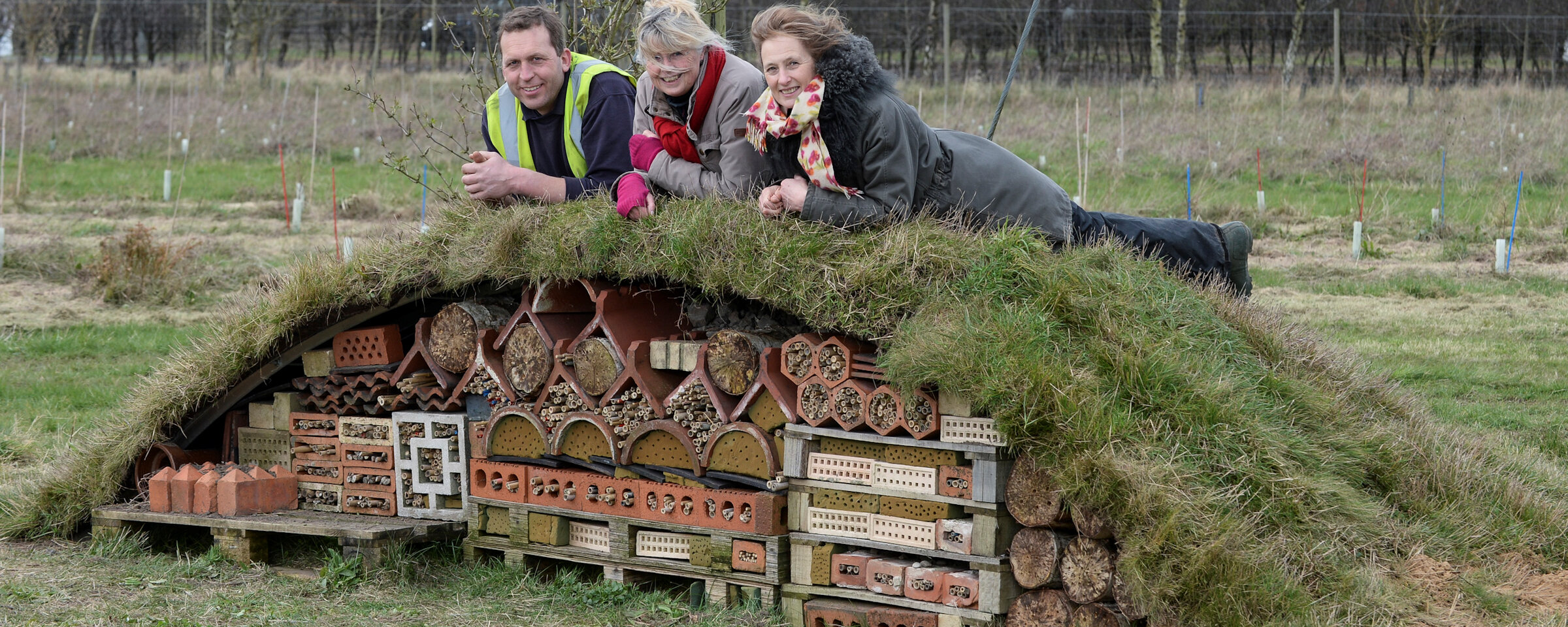
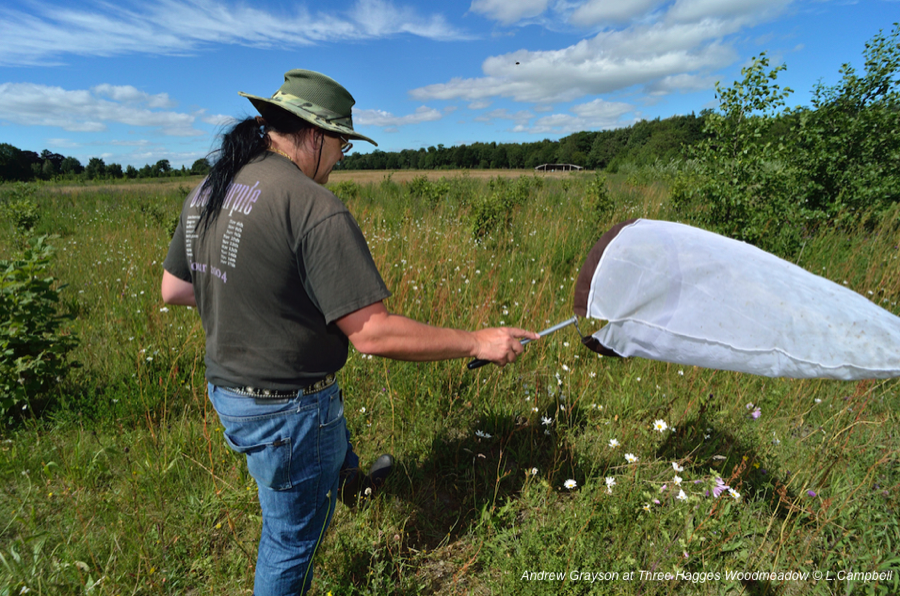
Biological richness is maintained and boosted by agricultural methods
Three Hagges Woodmeadow, on the Escrick Estate between Selby and York, is a centre of scientific research, with national experts monitoring mammals, birds, insects, spiders, reptiles, amphibians, wildflowers, trees and soil.
The aim has been to attract and boost species that should be widespread in the UK, although unusual sightings include the yellow-legged clearwing – an insect rarely documented since records began in 1883 – and the third-ever recent British record of the ruby-tailed wasp Chrysis corusca.
Biological richness is maintained and boosted by agricultural methods, including haymaking and grazing, while the trees will be coppiced for poles and charcoal once they are large enough.
The messy edges between woodland and meadow offer niches for a wealth of species – a system famously described by Charles Darwin at the end of The Origin of Species as a ‘tangled bank’.
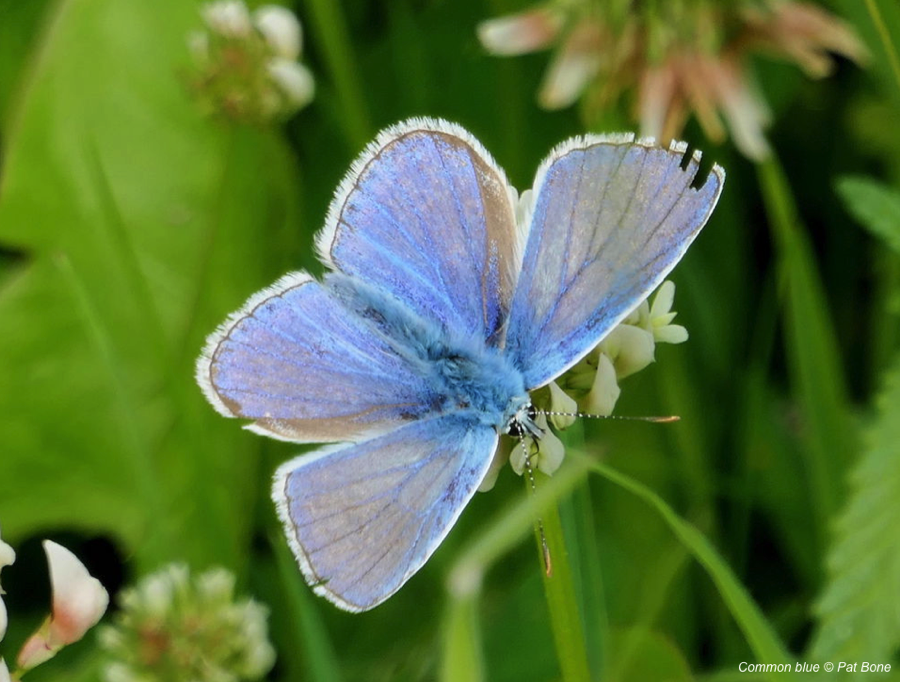
The Trust says woodmeadows could help transform the UK’s crippled biodiversity
In living memory, the UK has eradicated 97% of wildflower meadows, two-thirds of its orchards, hundreds of thousands of ponds, hundreds of thousands of kilometres of hedgerow, and has become one of Europe’s least-wooded countries – with 56% of species in decline and 15% threatened with extinction.
Because woodmeadows are superb carbon dioxide sinks, they can help tackle climate breakdown. Woodland can store up to 12 tonnes of carbon, and meadow three tonnes, per hectare a year.
Woodmeadows can be any size, and can be created in gardens, urban areas, parks, farmland, and community woods. Orchards, mini-meadows, hedges and woodland can be turned into types of woodmeadow by planting pollinator-friendly shrubs and wildflowers beneath native trees, and ensuring lots of habitat edges.
The Trust has created a short film – Woodmeadow: Nature’s Capital – which showcases the wealth of life that can be supported by these rich pockets of nature.
Source: LittleGreenSpace.org.uk
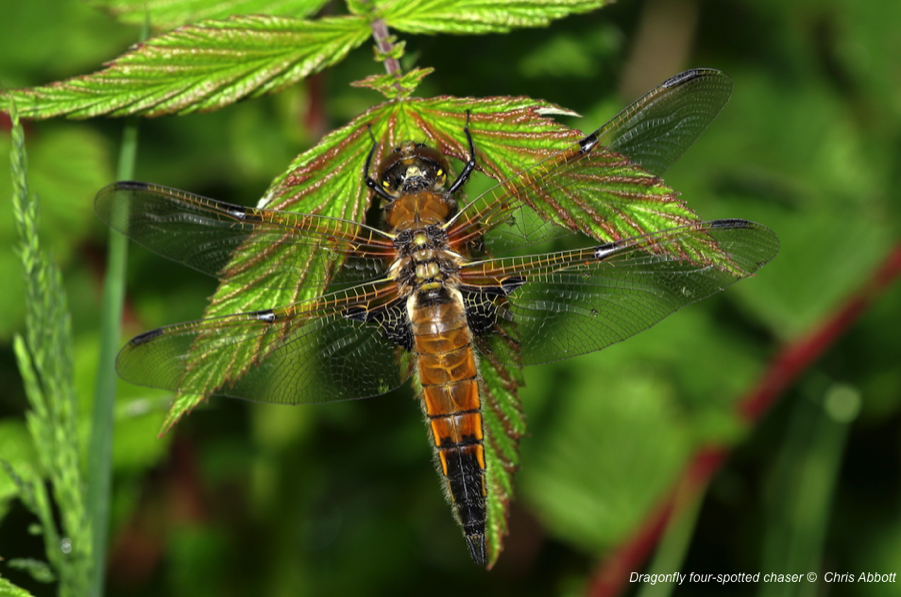
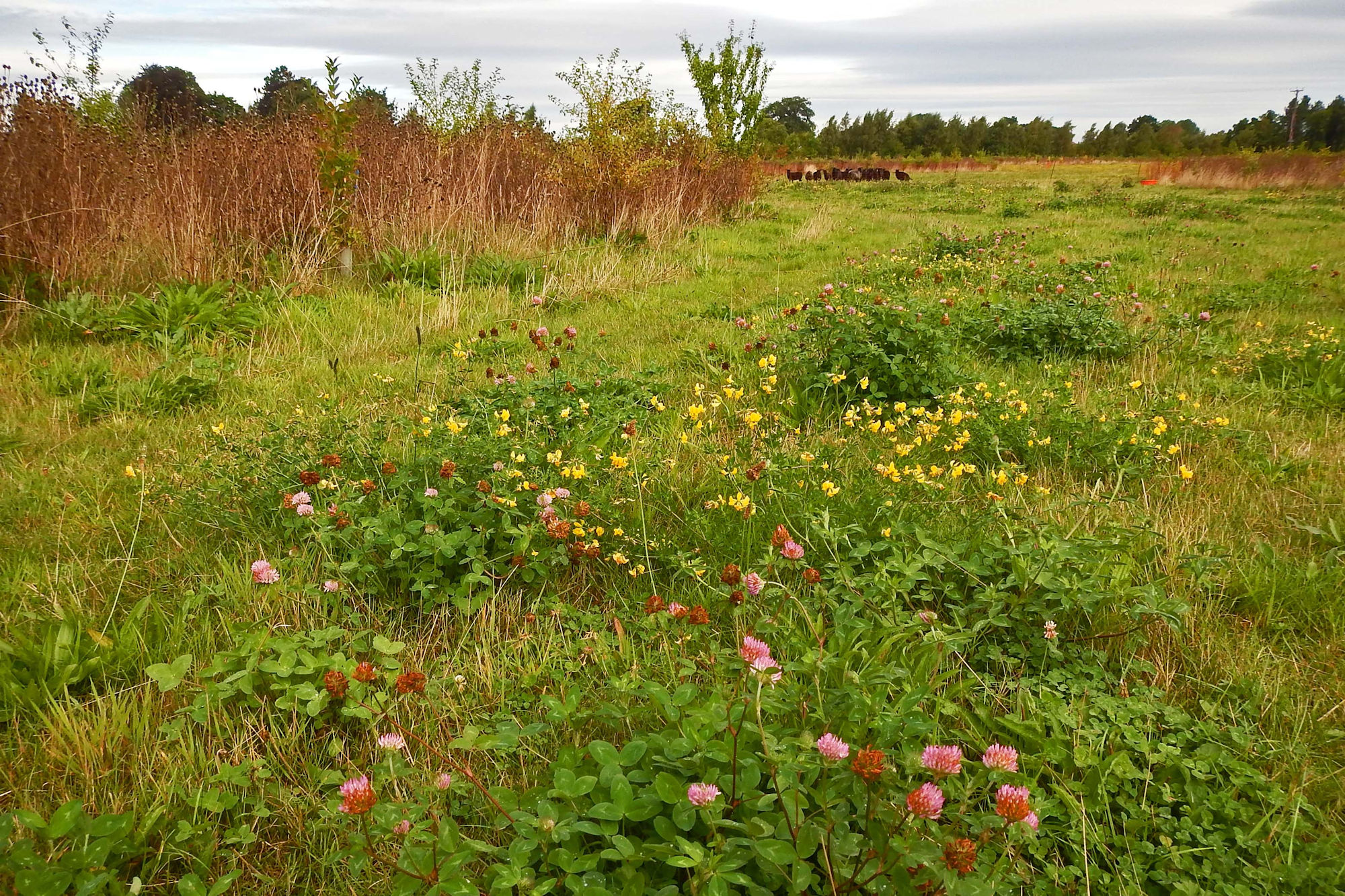
Why is it called “Three Hagges” Woodmeadow?
The close perusal of the fascinating old maps of Escrick Park Estate, some of which date back to 1600, reveals a number of plots bearing variations on the word hag, including Rickall Hagge, Child Haggs, and Helm Hag. As is common with many northern dialect words, in all these forms the word indicates the old Scandinavian presence in the locality, which is no surprise considering the much celebrated Viking presence in this part of Yorkshire.
Hagg has several meanings. In Old Norse, it means a portion of a wood marked off for cutting, and a hag wood is one fitted for having a regular cutting of trees in it, thus suggesting the ancient practice of coppicing, which fits our intention to manage our hazels by coppicing.
As hag, or hagi, the word also means a pasture or enclosure, so that fits nicely with the inclusion of grassy glades in our planting scheme.
The trust also discovered that hag is equivalent to the haw in hawthorn, and in Swedish, hagg is the name for blackthorn – both species included in the mix in Three Hagges Woodmeadow.
Perhaps most commonly it denotes a cut stand of holly.
The resonances of the modern word hag, referring to an ugly old crone, was most likely a corruption of the original meaning of the word: it was once a magic word for soothsayer, which came to be applied to the village wise women who, in this case, are the three hags that set out to create Three Hagges Woodmeadow.
Source: WoodmeadowTrust
